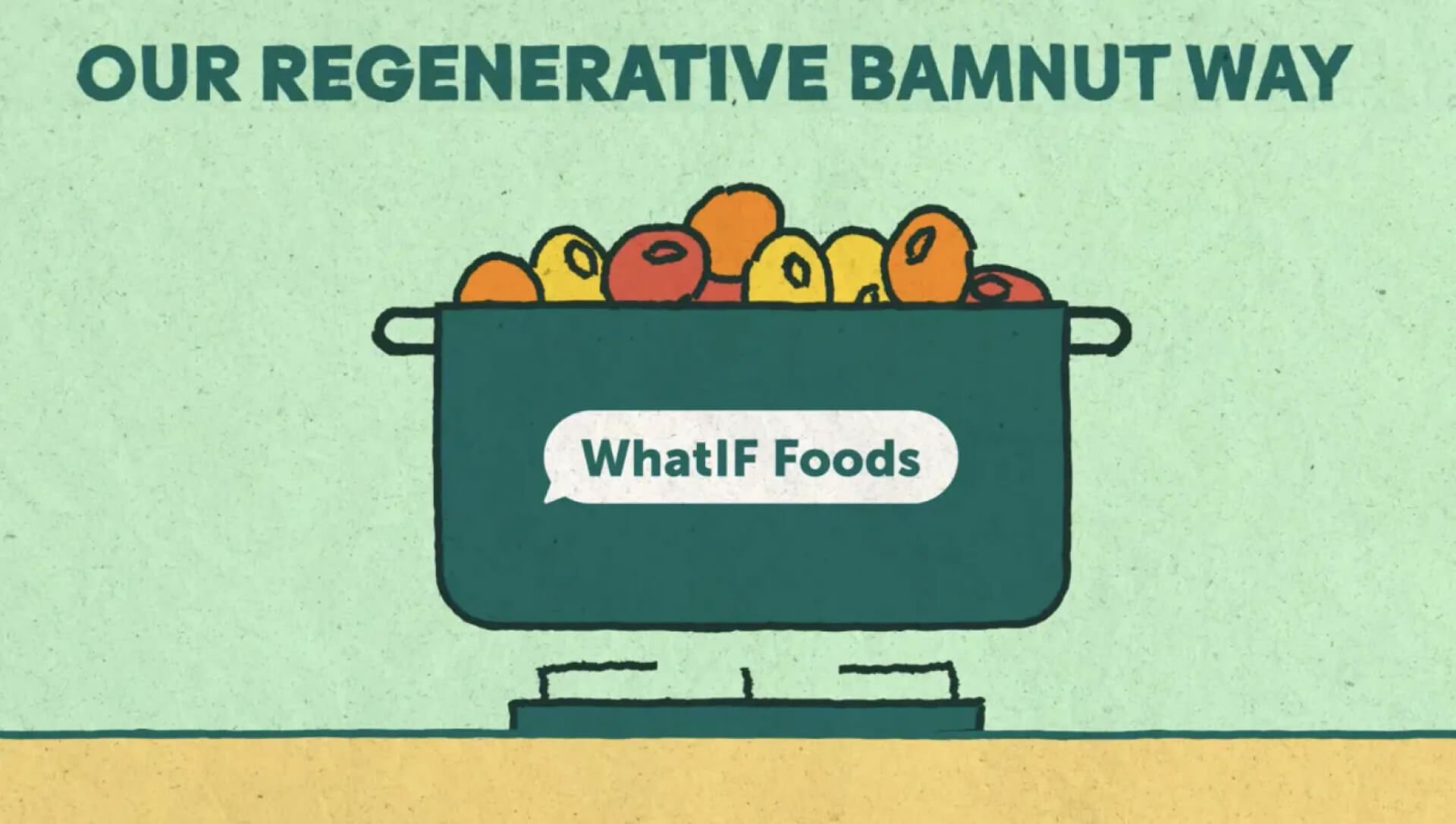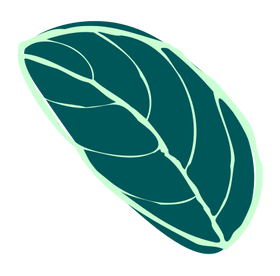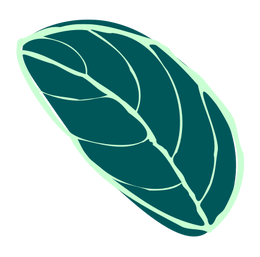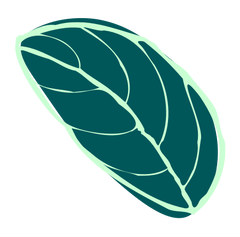
A new nut has just come to town – and we all have our eyes on it: the first question everyone has in their heads…
Bam what? What on earth is a BAMnut?
Just like every new kid on the block, our BAMnut is first encountered with a mix of curiosity, concern, and maybe even a little skepticism...but at WhatIF Foods, our job is to make BAMnut the most popular nut in town!
BAMnut is the cool nickname for Bambara groundnut, and it is a legume originating in Western African countries such as Ghana, with the potential to be grown around the globe. The current range of WhatIF Foods products is made using this “forgotten” crop, and we are committed to introducing it globally because it is such a great ingredient that perfectly translates our Regeneration approach into practice.
Let us share all we can with you about it, so you can see why we love it so much. We hope that you start loving it as much as we do too, so it does not remain forgotten any longer!
How Did Our Love for the BAMnut Begin?
In 2017, our founder and CEO Chris Langwallner attended a conference where he met with Professor Sayed Azam-Ali, CEO of Crops For The Future, literally while traveling down in the same lift and heading toward the check-out counter, and in that brief encounter, Professor Sayed slipped a brochure into Chris’s briefcase. In that brochure, as Chris later read, it described the Bambara groundnut and all its benefits. Chris was amazed and decided to dig deeper. Now, we incorporate the brilliant BAMnut into all our products and are working on more new product concepts to bring the BAMnut to life. With the BAMnut being an underutilized crop, never having been commoditized before, it has been challenging building the value chain from the ground up, but that has enabled us to build it in our WhatIF way. BAMnut is a crop that perfectly embodies our Regeneration approach:
- Reconnecting farming communities with consumers
- Restoring soil health through enhanced biodiversity
- Replenishing our bodies with its awesome nutritional profile.
Why is WhatIF Foods So Interested in the BAMnut?
The BAMnut is a very nutritious and climate-resilient legume that helps to restore soils but is currently underutilized. BAMnut are full of fiber, protein, vitamins, and iron which is part of the reason we want to introduce them into our products; creating balanced diets for everyone. If you want to read more about the BAMnut’ nutritional value, check out our Wonder Crop Bambara Groundnut article!
Our existing global food chain has “efficiently” filtered out such wonderful crops to focus on optimizing yields and the use of only a handful of cereals and pulses for remarkable Bambara groundnut benefits. The current lack of diversity exacerbates the issues we face around soil degradation, water supply contamination, and foods supplying empty carbs.
Here’s how our Bambara groundnuts get to your kitchen!
The Reconnecting Stage of the BAMnut Cycle
It all starts with human interactions. We take the time and effort to reach out to farming communities, starting with Ghana, to tell them the story of WhatIF Foods and what inspired us to start this wonderful journey with the Bambara groundnut. What has been the most uplifting for us is how strongly our story has resonated, and this is highlighted by the overwhelming response from farming communities who want to partner with us. Having so much support has enabled us to build an entire system to bring Bambara groundnut benefits into the world. We would like to share with you how that system operates in practice.
.jpg?v=1677055686982&options=)
One of the most important steps is to first get set up and connect with the people in the farming communities. The Pond Foundation (TPF), a Swiss non-profit organization dedicated to driving change for good, is our lead partner, starting with communities in Northern Ghana. Scott Poynton, TPF’s Founder, visited Ghana for a pre-project scoping with one of our WhatIF colleagues in December 2021. That was after our very first WhatIF trip to Ghana in 2019 and was our first opportunity to visit after the pandemic.
Scott went again in February of 2022 and has spent much time there since to get things up and running. He has identified and helped us partner with two fantastic local organizations, who have introduced us to the farming communities and helped us to establish a relationship with 25 partner communities.
These local organizations have also helped us to obtain seeds for the first crop and will be our commercial partner to buy the farmers’ BAMnuts after they’re harvested. In addition, they also work closely with our partner Bambara groundnut farmers, supporting them through seed distribution, technical advice and training and just being present in the communities to ensure the BAMnuts are growing well so that our partner farmers can secure a good yield.
.jpg?v=1677055685056&options=)
Sharing the Seeds
Our local organizations secure the seeds and sort them to ensure only the best quality seeds get distributed to the farmers. The women who sort the seeds look out for broken seeds, ones that have holes or any that are too small, and separate them from the rest leaving only the best for planting by providing the best Bambara groundnut benefits.
.jpg?v=1677055682599&options=)
They then take the seeds out to the communities and distribute them to farmers who have prepared their fields for planting.
Planting
When it comes to planting, the soil is prepared by weeding and plowing the ground. Some farmers build small ridges on which to plant. The planting process begins with the male farmers making regular holes in the ground, by walking in straight lines with a wooden stick, jabbing it into the freshly plowed earth to make a planting hole. Then, the female farmers take the seeds and drop them into the holes, covering the holes with their foot as they move on, in a seamless motion, to the next one. Together, the farmers coordinate the planting operation like a well-oiled machine.
.jpg?v=1677055678747&options=)
Germination
The BAMnut is a very low-maintenance crop that requires minimal water and very little care. During the development of the BAMnut, weeds start to return and the farmers will have to carry out weeding operations using traditional hand-picking and a hoe. This gives the BAMnuts the best chance to grow. Sometimes there are pest attacks and our partners at the local organizations train the farmers in organic pest control methods using extracts from the leaves of locally grown trees. It only takes Bambara groundnuts 3-4 months to finish growing before they are ready to be harvested.
.jpg?v=1677055676763&options=)
Tending to the Crop
The BAMnut is a very low-maintenance crop that requires minimal water and very little care. During the development of the BAMnut, weeds start to return and the farmers carry out weeding operations using hand-picking and a hoe. This gives the BAMnuts the best chance to grow. Sometimes there are pest attacks and our partners at the local organizations train the farmers in organic pest control methods using extracts from the leaves of locally grown trees. It only takes the BAMnuts 3-4 months to finish growing before they are ready to be harvested.
Harvesting and Deshelling
.jpg?v=1677055674315&options=)
The farmers harvest the BAMnuts by digging them up from under the ground. Once that’s completed, the Bambara groundnuts are dried in the hot sun.

Then the farmers deshell them to leave only the BAMnuts and a pile of shells.
.jpg?v=1677055671977&options=)
In this coming season, we’ll make biochar out of the BAMnut shells. This can be put back on the farmers’ lands as a fantastic, locally made, organic fertilizer resulting in another great Bambara groundnut benefit.
.jpg?v=1677055668817&options=)
Now that the BAMnut have been deshelled they can be sent to WhatIF Foods’ factories for production.
The WhatIF Stage of the BAMnut
The local partner organization buys the BAMnut seeds from our partnering farmers in Ghana and arranges for them to be delivered to WhatIF’s factories. Once the BAMnuts have been delivered to our factories they are further processed. The seeds undergo cleaning, cooking, drying, and grinding which allows them to be turned into flour. This flour is then used to make our noodles and our BAMnut Milk. Once the products are created, they are sent to a warehouse before being brought to supermarkets where you, our consumers can take them home.
.jpg?v=1677055666683&options=)
What's Next?
Learn more about the show-stopping nutritional profile of BAMnut here.
Discover how biochar plays an important role in reducing our carbon footprint here.
Find out how we create a Better Better with our partner farming communities here.







